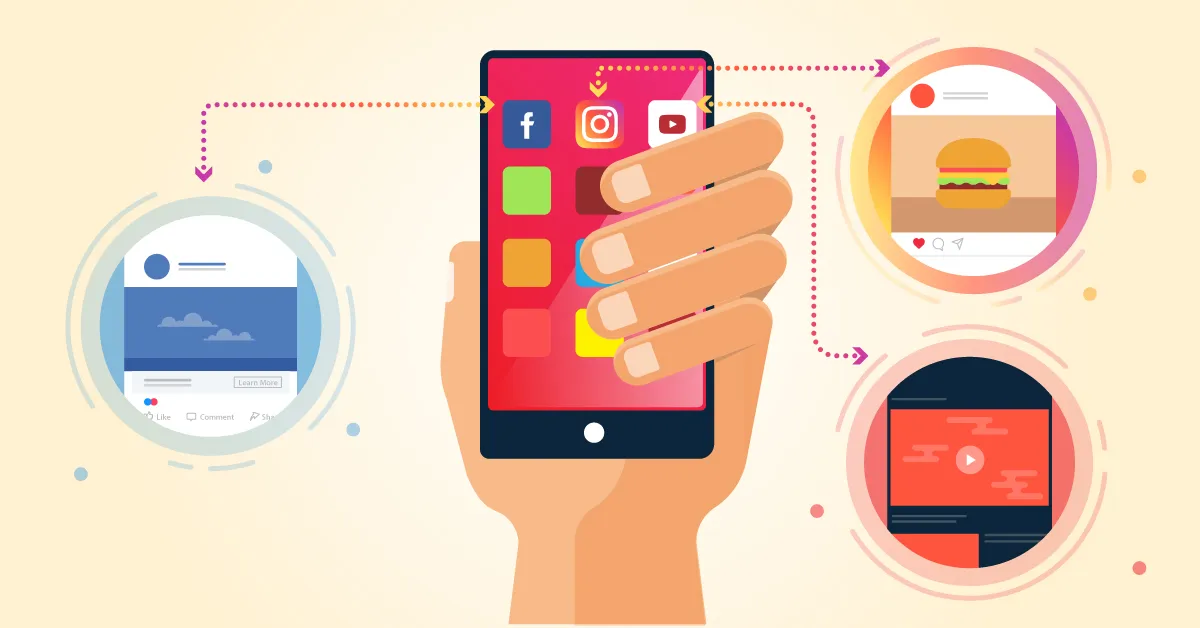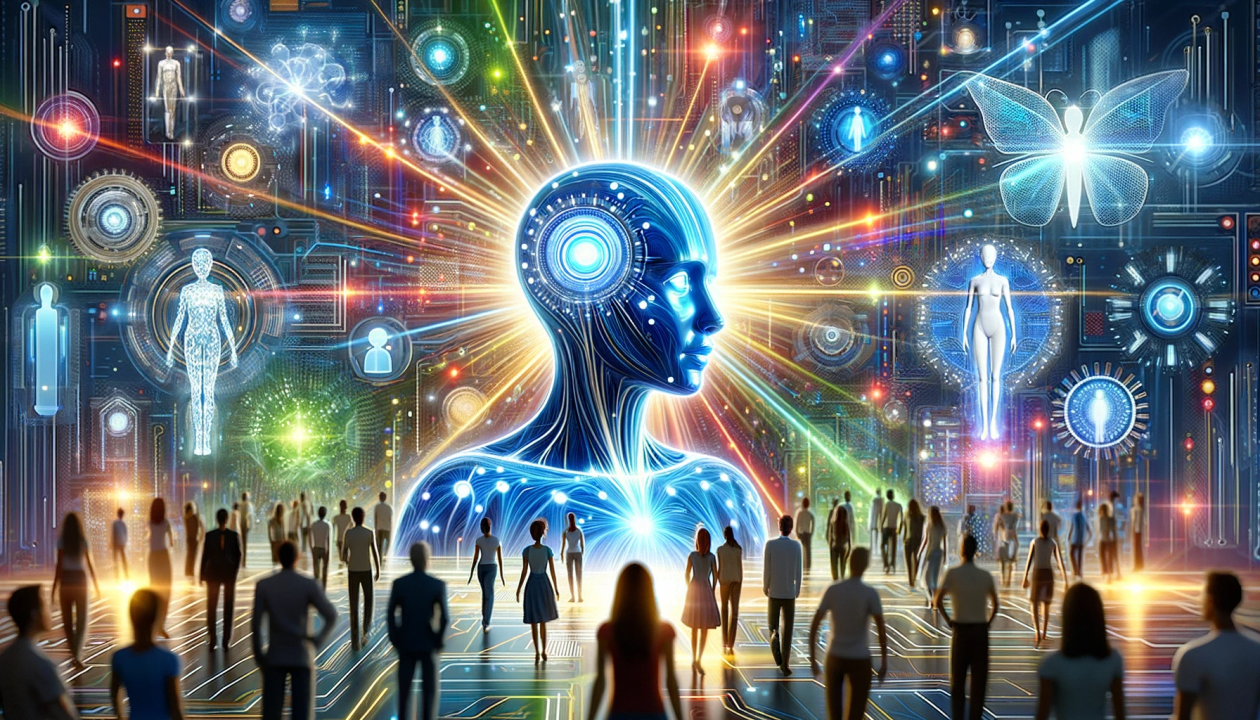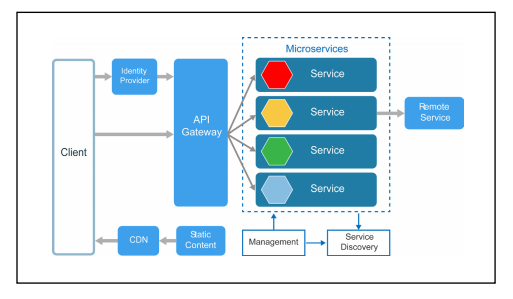Social Media Evolution: Transforming How We Connect and Communicate
Social media has undergone a remarkable evolution since its inception in the early 2000s, transforming how we connect, communicate, and share our lives. Platforms like Facebook, Twitter, and Instagram have changed the landscape of interpersonal interactions, giving rise to new forms of expression, community-building, and information dissemination. As we look back at this evolution, it’s clear that social media is not just a tool for connection; it has become a defining feature of modern society.
The Dawn of Social Networking
The early 2000s marked the beginning of social networking as we know it today. Platforms such as Friendster and MySpace allowed users to create profiles, share music, and connect with friends. These early sites laid the groundwork for a digital community, fostering connections based on common interests and social circles. However, they were often limited in scope and functionality, primarily serving as online extensions of real-life interactions.
As technology advanced, so did social media’s capabilities. The launch of Facebook in 2004 revolutionized the space by introducing features that facilitated real-time communication and the sharing of multimedia content. This shift not only attracted millions of users but also set the stage for future platforms that would further enhance connectivity.
Rise of Multimedia and Mobile Integration
The introduction of smartphones in the late 2000s played a pivotal role in the evolution of social media. With the ability to access social networks on the go, users began sharing experiences in real time, leading to the rise of platforms like Instagram and Snapchat. These apps emphasized visual content, allowing users to share photos and videos instantly, thereby changing the nature of online communication.
The focus on multimedia also gave rise to new forms of storytelling. Users began to curate their lives through images and videos, creating a more vibrant and dynamic online presence. This shift not only influenced personal expression but also altered marketing strategies, as brands adapted to the demand for visual content.
The Emergence of Influencers and Communities
As social media matured, it became a breeding ground for influencers—individuals who leverage their online presence to impact followers’ opinions and behaviors. This phenomenon has led to a significant shift in marketing, with brands increasingly partnering with influencers to reach target audiences authentically. The influencer culture has democratized fame, allowing anyone with creativity and charisma to gain a following and become a brand ambassador.
Moreover, social media has fostered the creation of niche communities where like-minded individuals can connect over shared interests. From hobbyist groups to activism networks, these online communities provide support and resources, enabling users to engage deeply with topics they are passionate about. This has empowered individuals to advocate for causes, raise awareness, and create social change on a global scale.
Challenges and Considerations
Despite its many benefits, the evolution of social media has not been without challenges. Issues like misinformation, cyberbullying, and privacy concerns have emerged, prompting discussions about the ethical implications of online interactions. Social media platforms are grappling with how to create safe environments while fostering free expression.
Additionally, the impact of social media on mental health has garnered increasing attention. While it can provide connection and support, excessive use can lead to feelings of isolation and anxiety. Striking a balance between online and offline interactions remains a critical challenge in today’s digital age.
Conclusion
The evolution of social media has transformed how we connect and communicate, shaping our interactions in profound ways. From early networking sites to the rise of influencers and niche communities, social media continues to evolve, reflecting societal changes and technological advancements. As we navigate this dynamic landscape, it is essential to embrace the positives while addressing the challenges, ensuring that social media remains a tool for connection, expression, and community-building in an increasingly interconnected world.











Leave a Reply